Understanding Soft Forks: A Comprehensive Guide for Cryptocurrency Beginners
Cryptocurrencies, such as Bitcoin and Ethereum, have gained immense popularity over the years. These decentralized digital currencies have introduced a wide range of innovations, one of which is the concept of forks. Forks are crucial events in the cryptocurrency ecosystem that can lead to significant changes in the blockchain. In this comprehensive guide, we will delve into a specific type of fork called a “soft fork” and explore its implications for cryptocurrency beginners.
What is a Fork in Cryptocurrency?
Before we explore soft forks, let’s first understand the basic concept of a fork in the context of cryptocurrencies. In simple terms, a fork represents a split in the blockchain network. It occurs when there is a change in the underlying rules of the blockchain, resulting in two separate chains running parallel to each other. These new chains, often referred to as forked chains, can evolve independently from one another.
Forks can be divided into two main categories: hard forks and soft forks. Hard forks are radical changes that are not backward-compatible, meaning they are not recognized by older versions of the blockchain software. In contrast, soft forks are software upgrades that are backward-compatible, meaning they are compatible with previous versions of the blockchain.
Understanding Soft Forks:
1. Definition and Purpose:
A soft fork is a type of fork that introduces new rules to the blockchain while maintaining backward compatibility. This means that participants who have not updated their software can still validate and process transactions on the new forked chain.
Soft forks are typically used to introduce new features, improve security, or fix bugs without causing a complete divergence from the original blockchain. They provide a more seamless upgrade process, as compared to hard forks, where a complete network split is required.
2. How Soft Forks Work:
During a soft fork, the majority of the network’s participants need to adopt the new software version or upgrade in order to remain within the consensus rules of the blockchain. Once a certain percentage of the network has adopted the changes, the soft fork is activated, and the new set of rules come into effect.
Even though older nodes that haven’t upgraded can still function on the network, they might not be able to take advantage of the new features or security improvements introduced in the soft fork. However, their ability to validate transactions and blocks would remain unaffected.
3. Example of a Soft Fork: Segregated Witness (SegWit):
A significant example of a soft fork is the implementation of Segregated Witness, often referred to as SegWit, on the Bitcoin blockchain. SegWit aimed to solve the scalability issues of Bitcoin by increasing the block size limit without requiring a hard fork.
In a SegWit soft fork, a new transaction format was introduced, segregating the transaction’s signature data from the transaction data itself. By removing the signature data from the main block, more transactions could be included within a single block, increasing the overall transaction capacity. Additionally, SegWit offered enhanced security and the ability to enable the implementation of second-layer scaling solutions like the Lightning Network.
4. Impacts of Soft Forks:
Soft forks primarily bring improvements and updates to the existing blockchain network. They can result in increased security, enhanced scalability, and improved functionality. However, participants who refuse to upgrade their software might miss out on the new features, leaving them potentially vulnerable to attacks that the soft fork addresses.
It is essential to note that a soft fork can cause temporary disruption, as network participants update their software. However, this disruption is usually minimal compared to the potential network splits and community divisions associated with hard forks.
Frequently Asked Questions (FAQs):
Q1. Will soft forks result in the creation of a new cryptocurrency?
No, soft forks do not create new cryptocurrencies. They introduce software upgrades within the existing blockchain and maintain backward compatibility.
Q2. Can participants reject a soft fork?
Technically, participants can choose to reject a soft fork; however, it is advisable to follow the majority of the network and adopt the necessary upgrades. Consensus is essential to maintain the integrity and security of the blockchain.
Q3. What happens to transactions if a soft fork occurs?
During a soft fork, transactions remain valid on both the original and the new forked chain. However, the new forked chain will incorporate the changes introduced by the soft fork, while the original chain will not benefit from the new features.
Q4. Can a soft fork lead to a hard fork?
Yes, it is possible that a contentious soft fork can lead to a hard fork if a portion of the community disagrees with the proposed changes. However, most soft forks are implemented smoothly without resulting in a hard fork.
Q5. How can users prepare for a soft fork?
Users should keep themselves informed about upcoming soft forks and ensure they are using the latest software versions recommended by the developers. Staying connected with the official channels and community discussions can help users stay up to date.
Conclusion:
Soft forks are essential events in the cryptocurrency ecosystem that enable blockchain networks to introduce upgrades and improvements while maintaining backward compatibility. Understanding the distinctions between soft forks and hard forks is crucial for any cryptocurrency beginner.
By allowing for seamless upgrades to the existing blockchain, soft forks contribute to the ongoing development and evolution of cryptocurrencies. They enhance security, scalability, and functionality without causing community divisions or network splits. Soft forks are beneficial for the entire cryptocurrency ecosystem, as they facilitate the adoption of new features and ensure consensus among participants.
As the cryptocurrency industry continues to grow, it is crucial for beginners to stay informed about forks and their implications. By grasping the concepts of soft forks and other fundamental aspects of blockchain technology, individuals can navigate the crypto space more confidently and make informed decisions about their investments and participation.
More in this category ...
Ripple companions with SBI Group and HashKey DX for XRPL answers in Japan

April sees $25M in exploits and scams, marking historic low ― Certik

MSTR, COIN, RIOT and different crypto shares down as Bitcoin dips

EigenLayer publicizes token release and airdrop for the group
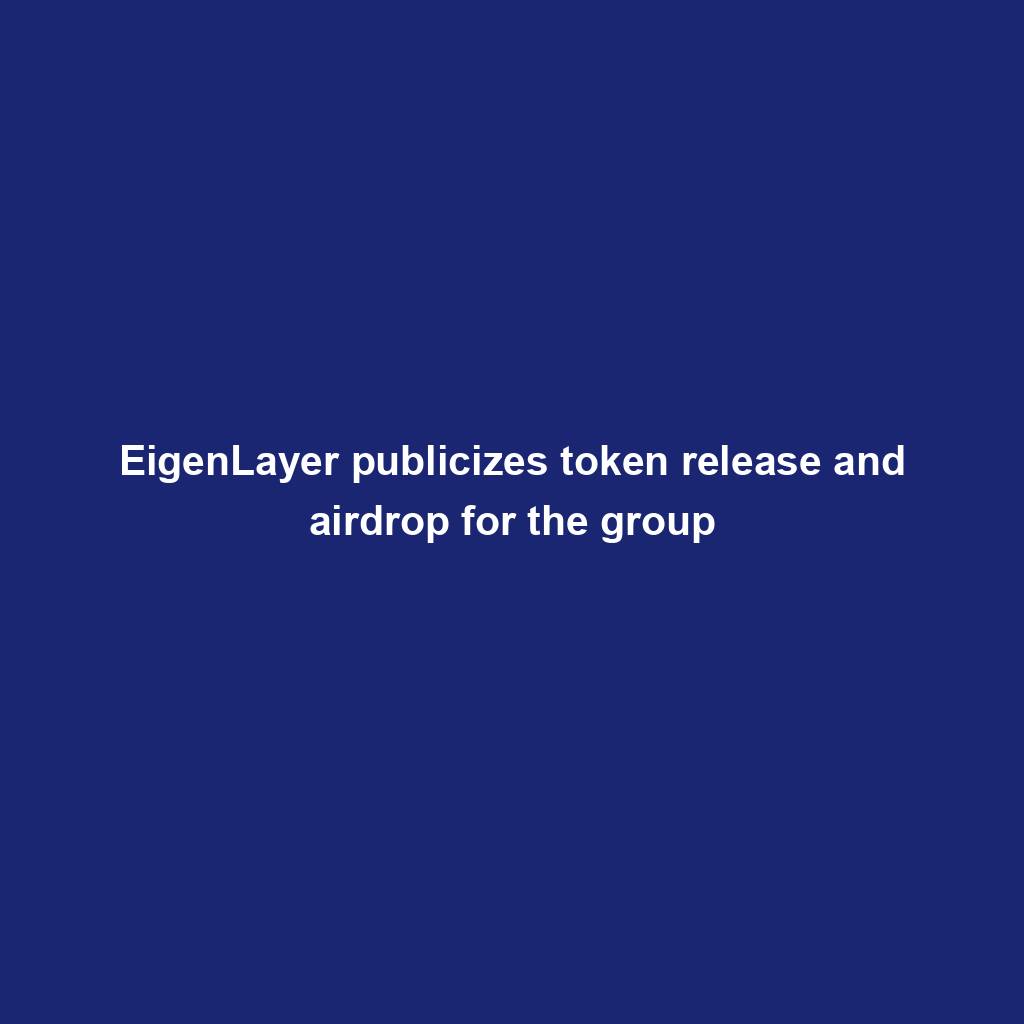
VeloxCon 2024: Innovation in knowledge control

Successful Beta Service release of SOMESING, ‘My Hand-Carry Studio Karaoke App’

Dogwifhat (WIF) large pump on Bybit after record reasons marketplace frenzy
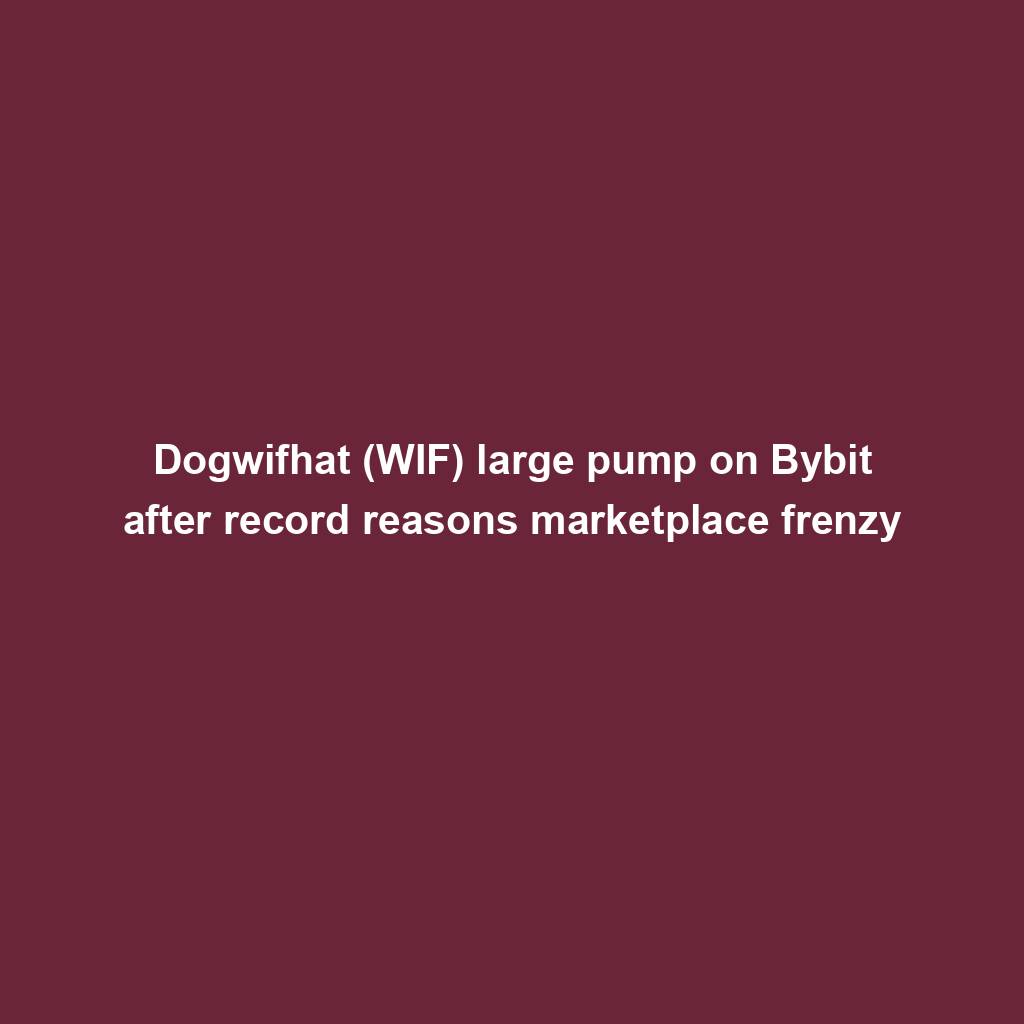
How fintech innovation is riding virtual transformation for communities around the globe
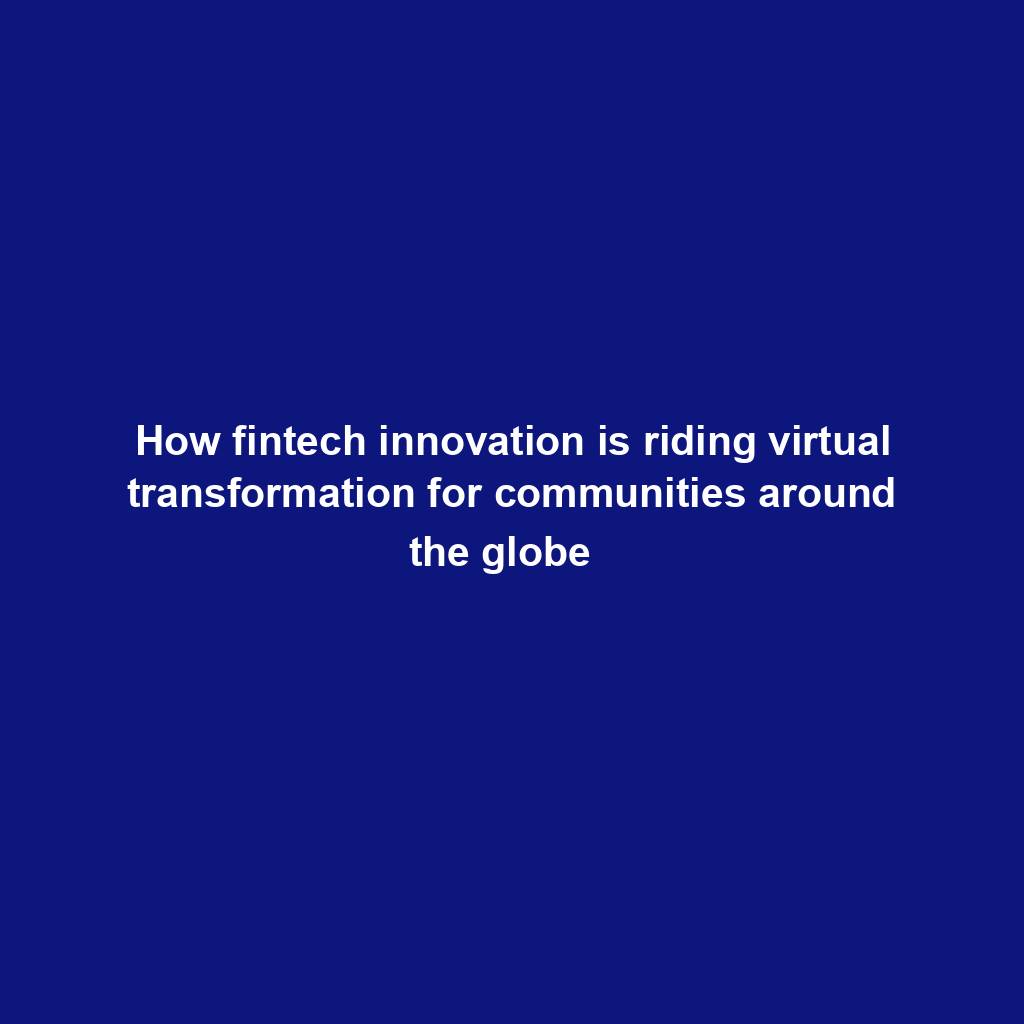
Wasabi Wallet developer bars U.S. customers amidst regulatory considerations

Analyst Foresees Peak In Late 2025

Solo Bitcoin miner wins the three.125 BTC lottery, fixing legitimate block

Ace Exchange Suspects Should Get 20-Year Prison Sentences: Prosecutors

Google Cloud's Web3 portal release sparks debate in crypto trade

Bitcoin Primed For $77,000 Surge

Bitbot’s twelfth presale level nears its finish after elevating $2.87 million

PANDA and MEW bullish momentum cool off: traders shift to new altcoin

Commerce technique: Ecommerce is useless, lengthy are living ecommerce

Republic First Bank closed by way of US regulators — crypto neighborhood reacts

China’s former CBDC leader is beneath executive investigation

Bigger isn’t all the time higher: How hybrid Computational Intelligence development permits smaller language fashions
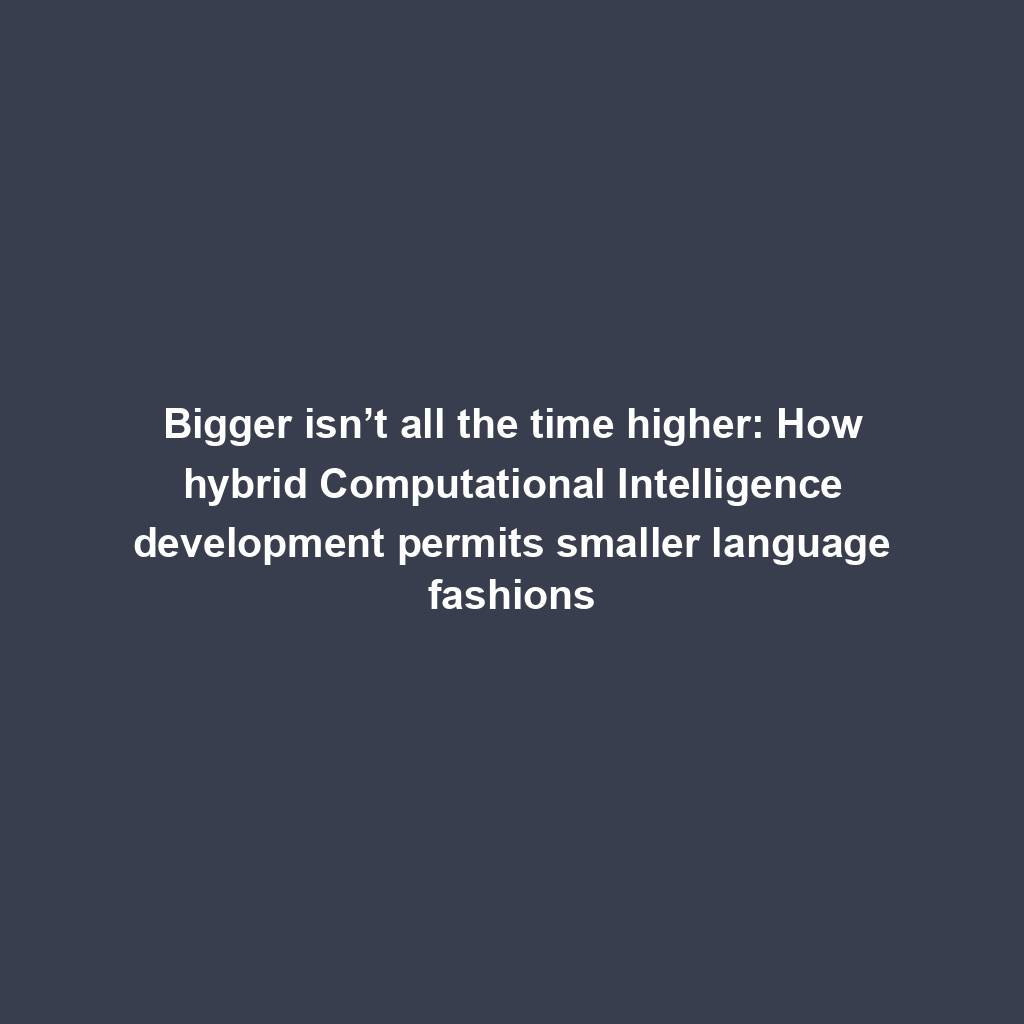
Pantera Capital buys extra Solana (SOL) from FTX
Successful Beta Service release of SOMESING, ‘My Hand-Carry Studio Karaoke App’

SEC sues Bitcoin miner Geosyn Mining for fraud; Bitbot presale nears $3M

Business procedure reengineering (BPR) examples

85% Of Altcoins In “Opportunity Zone,” Santiment Reveals

Sam Altman’s Worldcoin eyeing PayPal and OpenAI partnerships

Artificial Intelligence transforms the IT strengthen enjoy

Franklin Templeton tokenizes $380M fund on Polygon and Stellar for P2P transfers

Meta’s letting Xbox, Lenovo, and Asus construct new Quest metaverse {hardware}

Shiba Inu (SHIB) unveils bold Shibarium plans as Kangamoon steals the display
